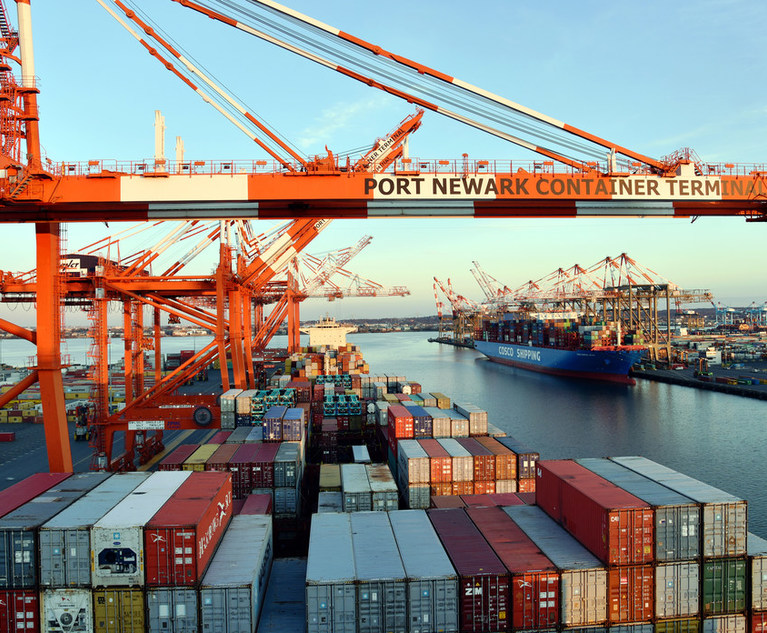 In 1989, the tanker Exxon Valdez grounded on Bligh Reef, Alaska resulting in the spill of more than 11 million gallons of oil into Prince William Sound. The resulting ecological disaster galvanized Congress to enact the Oil Pollution Act the next year. This legislation has had far-reaching implications for the carriage of oil by ship, enforcement actions against responsible parties, funding to respond to spills nationwide, and the protection of the U.S. marine environment.
In 1989, the tanker Exxon Valdez grounded on Bligh Reef, Alaska resulting in the spill of more than 11 million gallons of oil into Prince William Sound. The resulting ecological disaster galvanized Congress to enact the Oil Pollution Act the next year. This legislation has had far-reaching implications for the carriage of oil by ship, enforcement actions against responsible parties, funding to respond to spills nationwide, and the protection of the U.S. marine environment.
Before OPA, single-hulled tankers carried oil to, from and between U.S. ports. OPA phased in the transition to double-hull tankers, which have become the norm worldwide. In 1992, the International Maritime Organization (IMO) modified the International Convention for the Prevention of Pollution by Ships (MARPOL) to phase in and extend the double-hull requirement globally. Studies show that depending on the impact speed, double hulls can reduce the likelihood of a pollution incident by more than 60% compared to single-hull tankers. While double-hull tankers are not a panacea to stop oil discharges at sea, they provide greater protection from pollution incidents caused by groundings, or low-speed/low-impact collisions. By way of example, in 2009, the double-hull tanker SKS Satilla allided with a submerged oil rig in the Gulf of Mexico creating a huge gash in the vessel’s outer hull, but no oil spilled. In 2021, a tug collided with the tanker Polar Endeavor in Valdez, Alaska tearing a four-foot hole in the outer hull, but no oil spilled; the inner hull remained intact. On the downside, double-hulled tankers are more expensive to build and maintain and may be less stable due to a higher center of gravity and greater free-surface effect in the ballast tanks.






